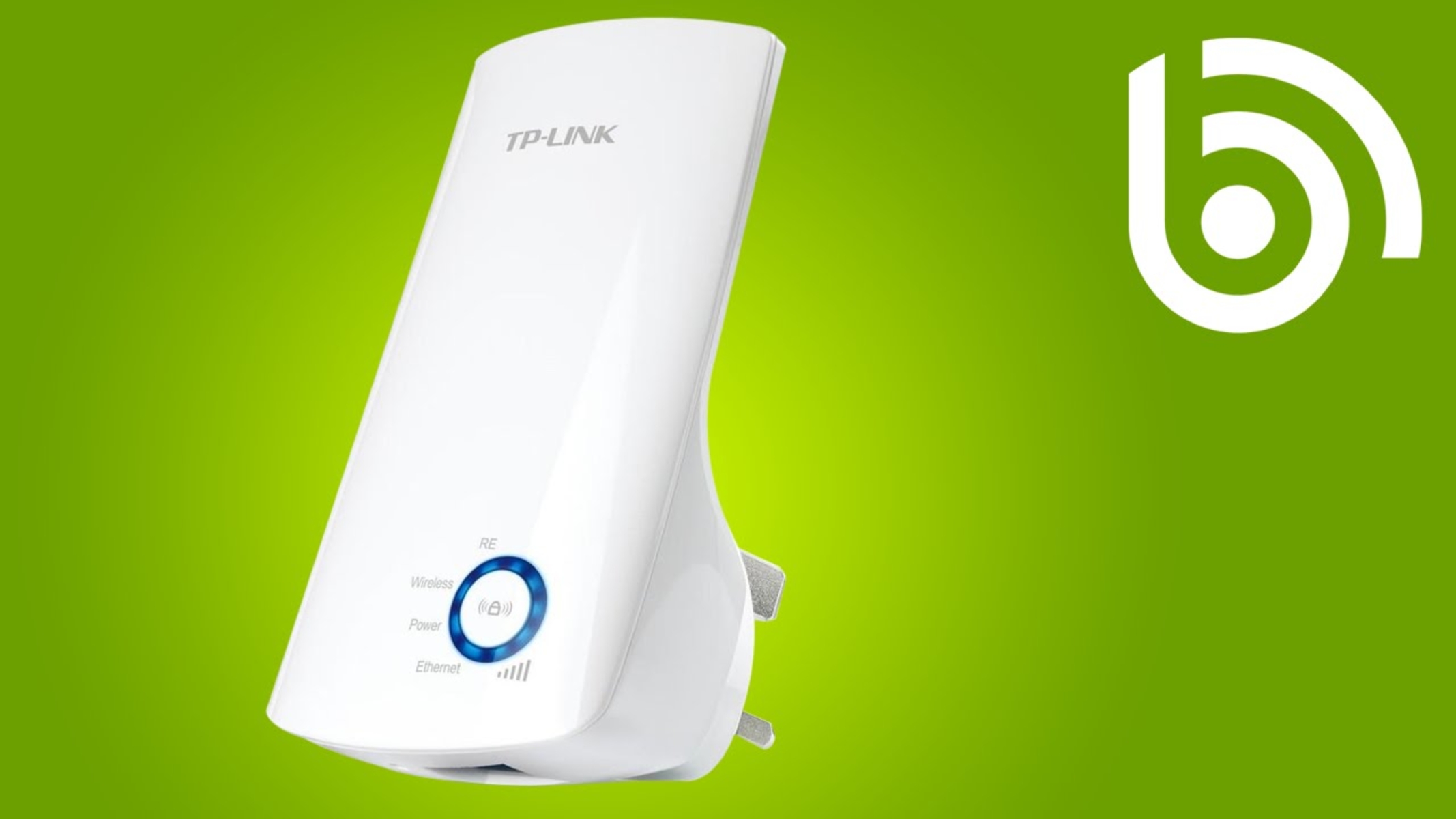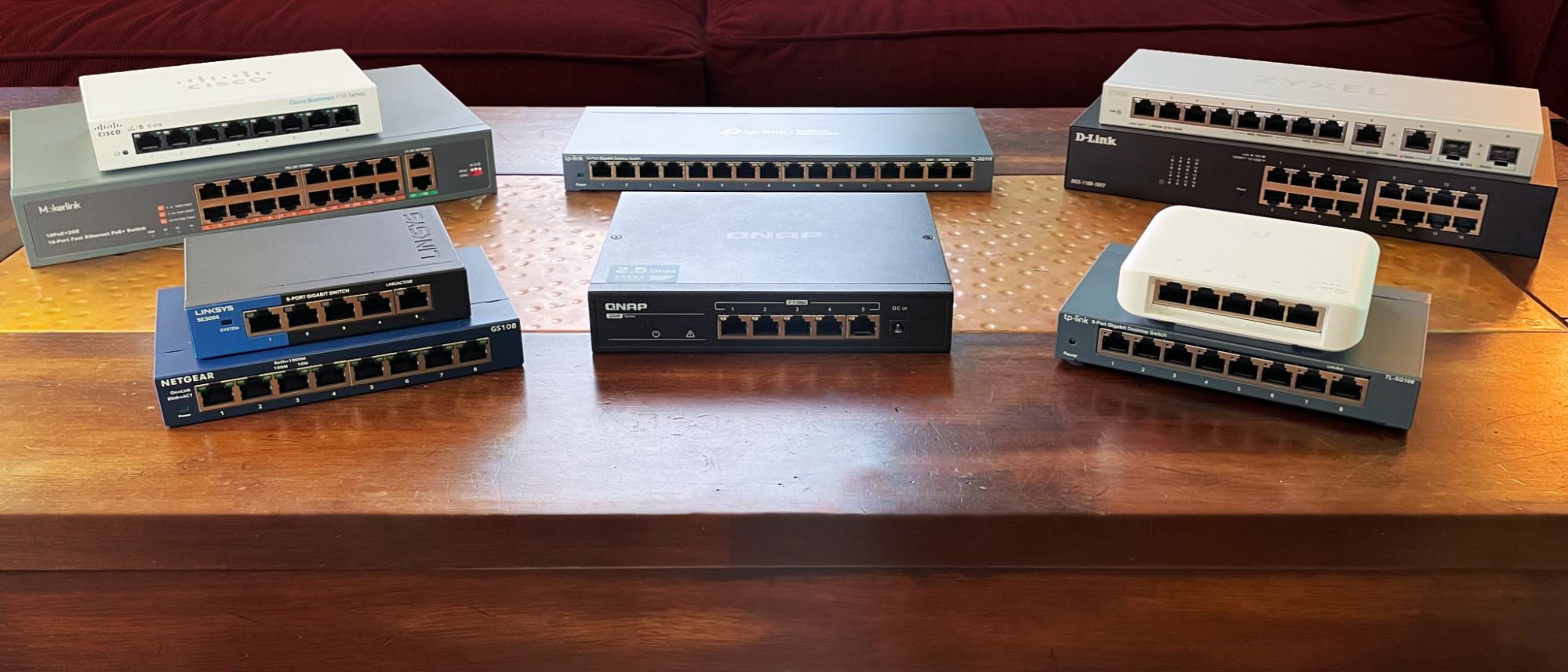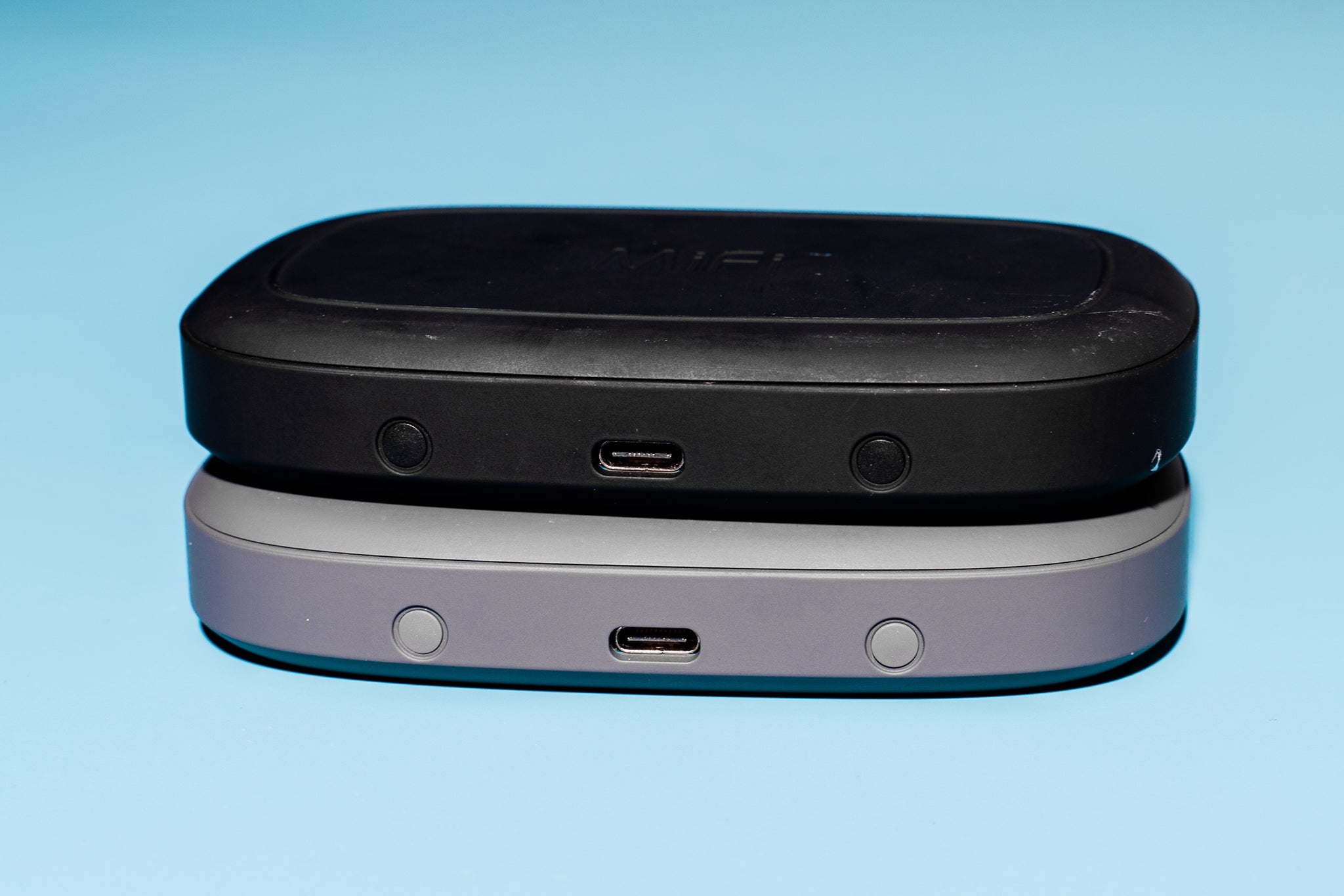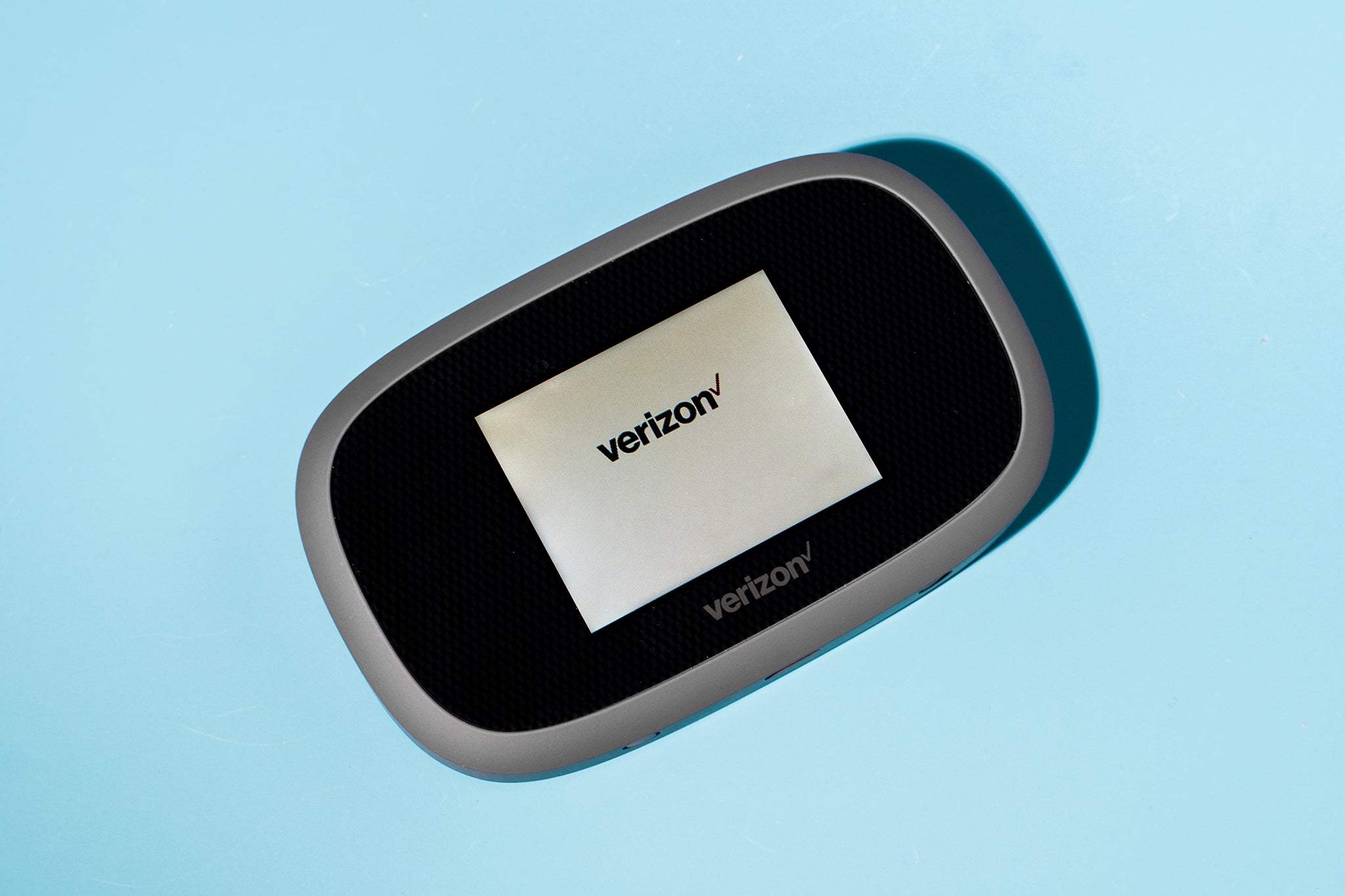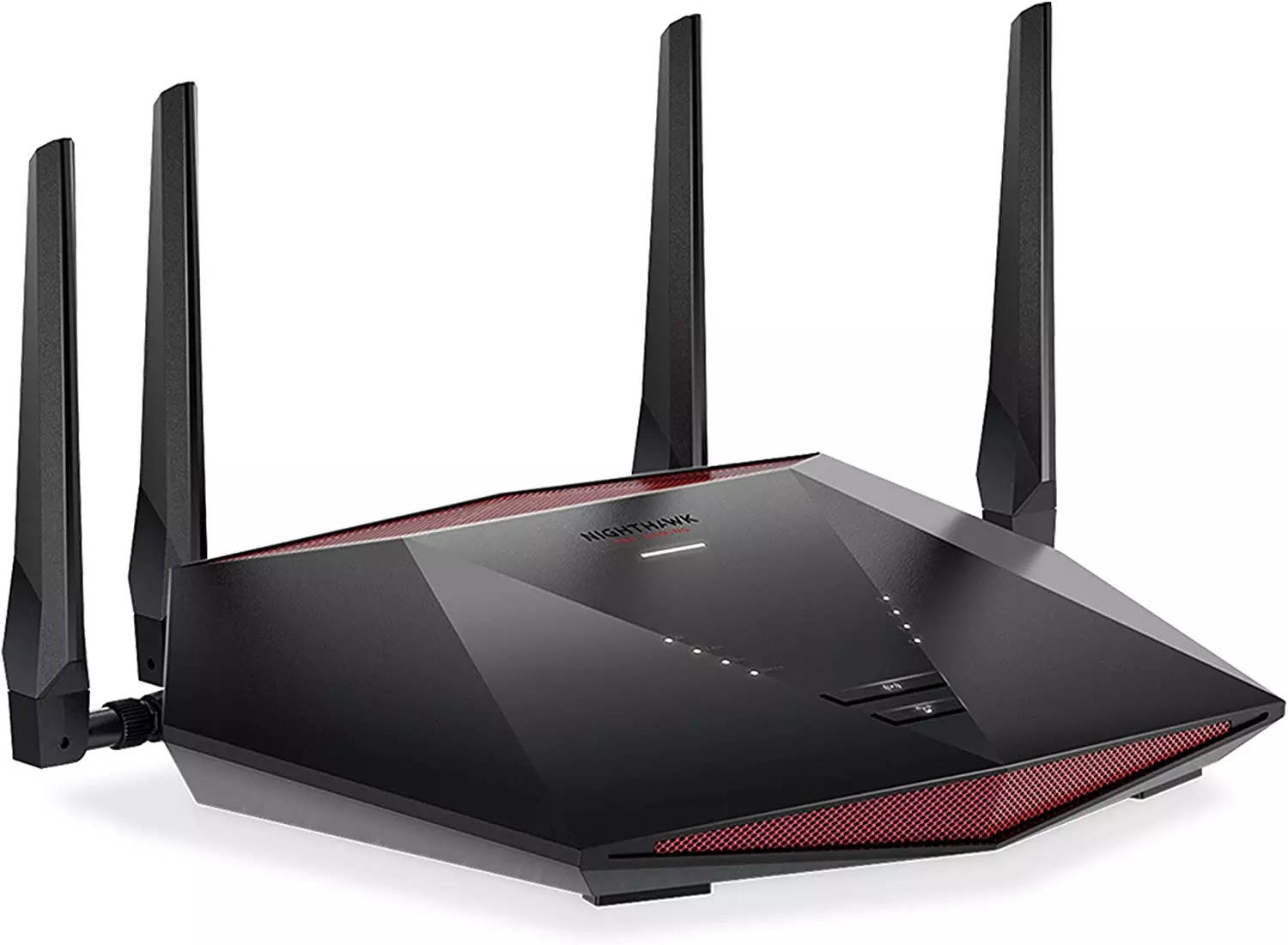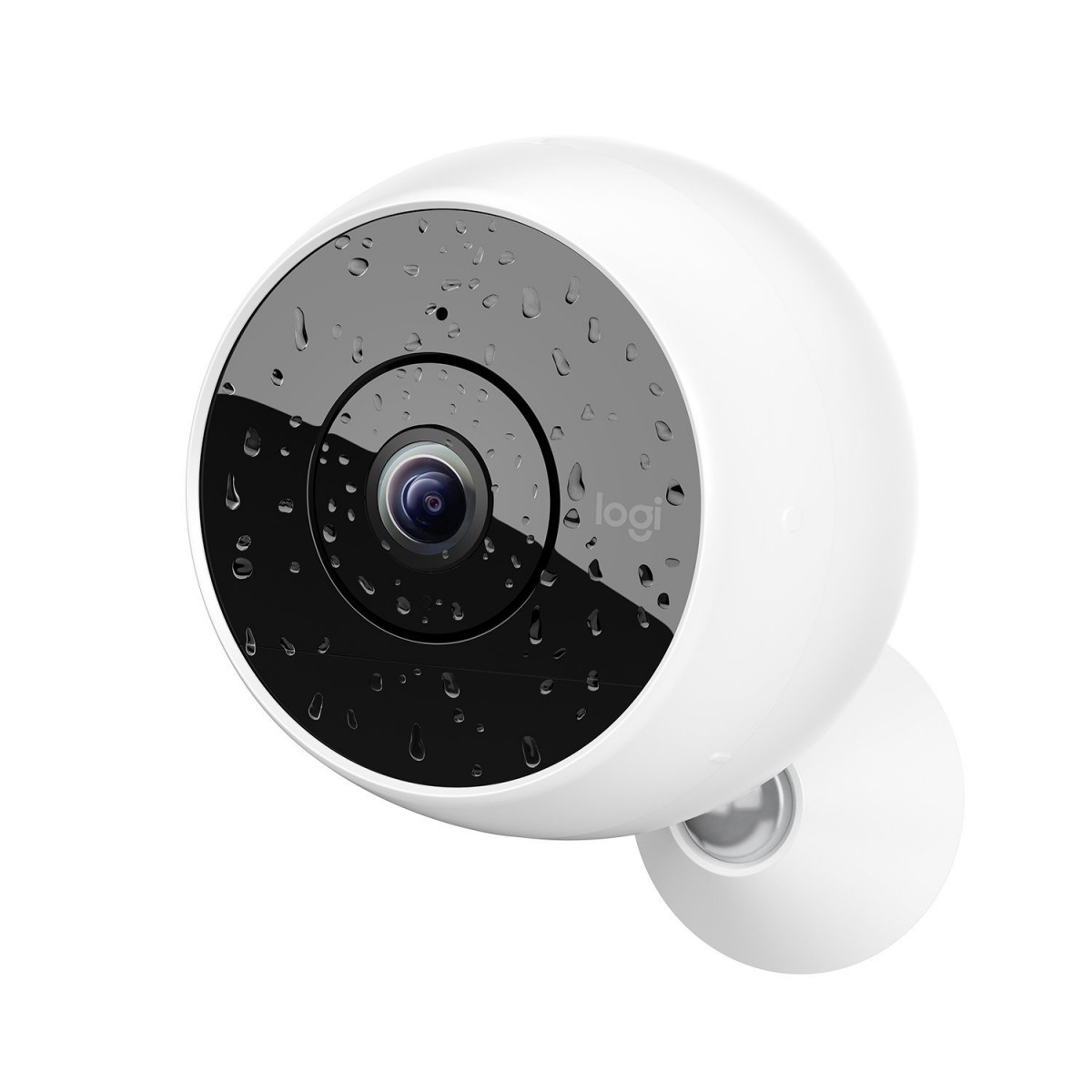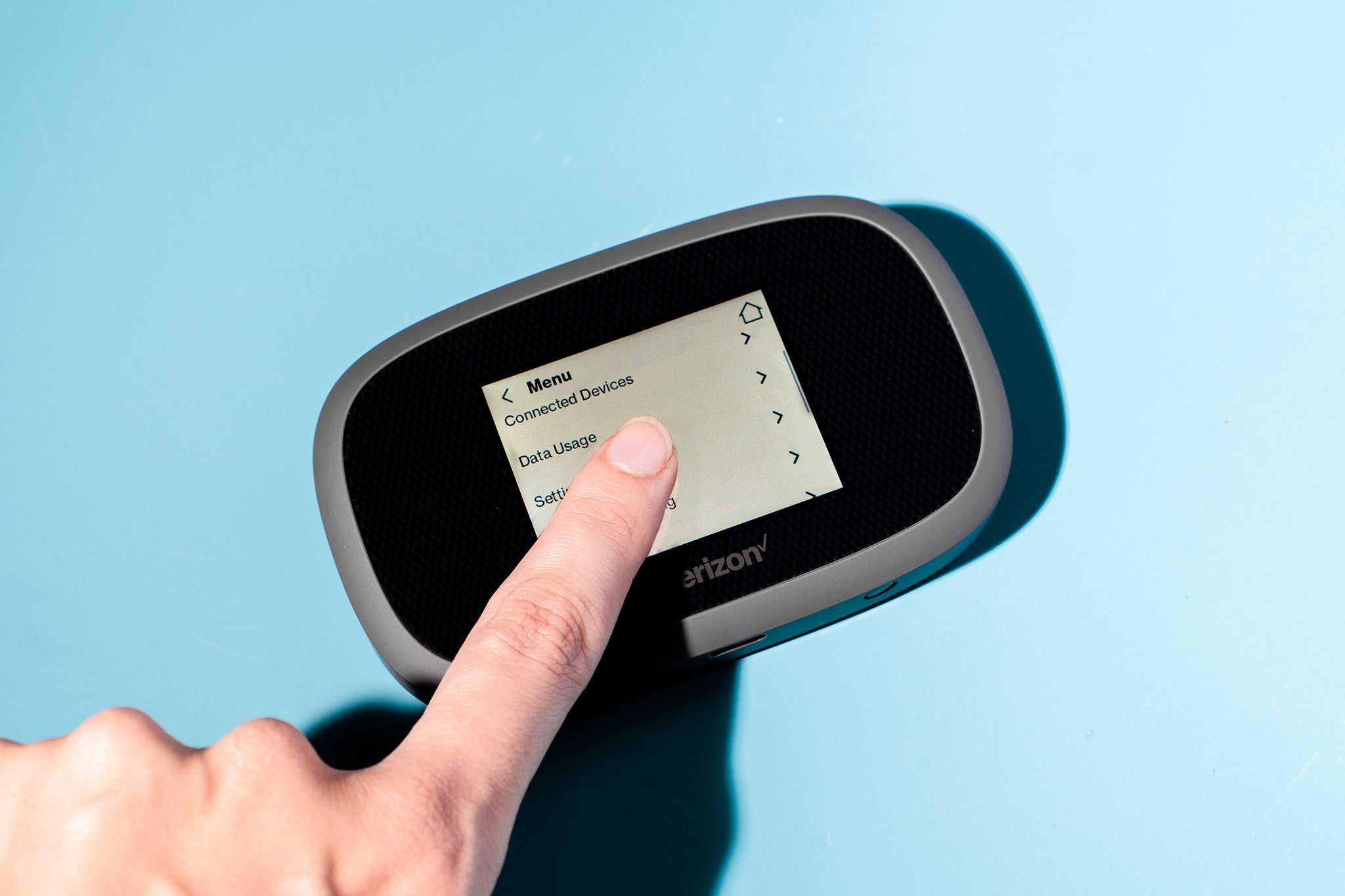Introduction
Introduction
Li-Fi, a revolutionary wireless communication technology, has been gaining attention for its potential to transmit data using light. As the demand for high-speed and secure data transmission continues to rise, Li-Fi presents a promising alternative to traditional Wi-Fi technology. In this article, we will explore the concept of Li-Fi and delve into how it can be connected to a network switch to enhance data connectivity.
The integration of Li-Fi with network switches has the potential to transform the way data is transmitted within various environments, including offices, industrial settings, and public spaces. By understanding the fundamentals of Li-Fi and its compatibility with network switches, businesses and individuals can harness the benefits of this innovative technology to achieve faster and more secure data transfer.
As we delve into the intricacies of Li-Fi and its connection to network switches, it becomes evident that this technology holds the key to addressing the growing demand for efficient and reliable data transmission. By shedding light on the principles and applications of Li-Fi, we aim to provide insights into the seamless integration of this technology with network switches, paving the way for a new era of data connectivity.
What is Li-Fi?
Li-Fi, short for “Light Fidelity,” is a cutting-edge wireless communication technology that utilizes light to transmit data. Unlike traditional Wi-Fi, which relies on radio waves for data transmission, Li-Fi leverages light-emitting diodes (LEDs) to enable high-speed communication. This innovative approach to wireless connectivity has garnered significant attention for its potential to revolutionize the way data is transmitted in various environments.
At the core of Li-Fi technology lies the principle of visible light communication (VLC), where data is transmitted through modulating the intensity of light at high speeds. This modulation is imperceptible to the human eye, ensuring seamless data transmission without causing any disruption to the surrounding environment. By harnessing the visible light spectrum, Li-Fi offers an alternative means of wireless communication that complements existing technologies.
One of the defining characteristics of Li-Fi is its ability to deliver exceptionally high data transfer rates, surpassing those achievable with conventional Wi-Fi technology. This makes Li-Fi particularly suitable for environments where high-speed data transmission is essential, such as in densely populated urban areas, offices, and industrial facilities. Furthermore, Li-Fi is inherently secure, as light signals cannot penetrate through walls, offering a more confined and secure data transmission environment.
As the demand for faster and more reliable data connectivity continues to escalate, Li-Fi has emerged as a promising solution that addresses these pressing needs. Its potential to coexist with existing wireless technologies while offering enhanced performance underscores its significance in the realm of wireless communication.
How Does Li-Fi Work?
Li-Fi operates on a simple yet ingenious principle, utilizing light to transmit data and facilitate wireless communication. The process begins with a transmitter, typically an LED light bulb, which rapidly modulates the intensity of the light. This modulation is imperceptible to the human eye, as it occurs at a speed that surpasses the visual perception threshold, allowing for seamless data transmission.
When data is to be transmitted, the LED light bulb fluctuates its intensity at extremely high speeds, encoding the data within these fluctuations. These modulations are then received by a photodetector, such as a photodiode, in the receiving device. The photodetector decodes the fluctuations in light intensity, retrieving the encoded data and enabling the seamless transmission of information.
The key to Li-Fi’s functionality lies in the rapid modulation of light, which allows for the transmission of data at speeds that rival, and in some cases surpass, traditional Wi-Fi technology. This approach not only facilitates high-speed data transfer but also ensures a secure and confined communication environment, as light signals are unable to penetrate through solid barriers, providing inherent security benefits.
Furthermore, Li-Fi technology is adaptable to various forms of light sources, including LED bulbs, streetlights, and display panels, offering a versatile platform for wireless communication. Its compatibility with existing lighting infrastructure makes it a viable option for integrating data connectivity into diverse environments without the need for extensive additional hardware.
By harnessing the power of light for data transmission, Li-Fi presents a compelling alternative to conventional wireless communication technologies. Its seamless integration with lighting systems and the potential for high-speed, secure data transfer positions Li-Fi as a groundbreaking innovation in the realm of wireless connectivity.
Connecting Li-Fi to a Network Switch
Integrating Li-Fi technology with a network switch involves establishing a seamless connection between the Li-Fi access points and the existing network infrastructure. This process enables the incorporation of Li-Fi into the broader data transmission framework, unlocking the potential for high-speed and secure wireless communication within various environments.
At the heart of connecting Li-Fi to a network switch is the deployment of Li-Fi access points, which serve as the interface between the light-based communication system and the network infrastructure. These access points are strategically positioned to ensure optimal coverage and efficient data transmission within the designated area. Once deployed, the access points are linked to the network switch, forming a cohesive network that enables the seamless integration of Li-Fi technology.
Through this integration, the network switch serves as the central hub for managing and directing data traffic, ensuring that the information transmitted via Li-Fi is seamlessly integrated with the existing network. This allows for the consolidation of data transmission protocols and the efficient routing of information, optimizing the overall connectivity and data transfer processes.
Furthermore, connecting Li-Fi to a network switch opens up possibilities for integrating Li-Fi-enabled devices into the network ecosystem. This integration enables seamless communication between Li-Fi-enabled devices and other network-connected devices, fostering a cohesive and interconnected data environment.
By bridging the gap between Li-Fi technology and network switches, businesses and organizations can harness the benefits of high-speed, secure data transmission while seamlessly integrating this innovative technology into their existing network infrastructure. This convergence paves the way for a harmonized data communication framework that leverages the strengths of both Li-Fi and traditional network connectivity, offering a comprehensive solution for diverse data transmission needs.
Benefits of Using Li-Fi with a Network Switch
The integration of Li-Fi technology with a network switch offers a myriad of benefits, ranging from enhanced data transmission capabilities to improved network security and efficiency. By leveraging the strengths of Li-Fi in conjunction with network switches, organizations and individuals can unlock a range of advantages that contribute to a more robust and seamless data connectivity environment.
- Rapid Data Transfer: Li-Fi technology facilitates high-speed data transmission, surpassing the capabilities of traditional Wi-Fi. This enables swift and efficient transfer of information, ideal for environments where real-time data exchange is critical.
- Secure Communication: The confined nature of light signals in Li-Fi technology offers inherent security benefits, as data transmission is limited to the illuminated areas. This enhances the overall network security posture, particularly in environments where data privacy is paramount.
- Minimal Interference: Unlike radio frequency-based communication, Li-Fi operates within the visible light spectrum, minimizing interference with other wireless technologies. This results in a more stable and reliable data transmission environment.
- Integration with Existing Infrastructure: The compatibility of Li-Fi with standard LED lighting infrastructure allows for seamless integration with the existing network ecosystem, minimizing the need for extensive hardware upgrades.
- Enhanced Connectivity in Challenging Environments: Li-Fi technology can be deployed in environments where traditional wireless technologies face limitations, such as in areas with high electromagnetic interference or where radio frequency communication is restricted.
- Energy Efficiency: LED lights used for Li-Fi communication are inherently energy-efficient, contributing to sustainable and environmentally conscious data transmission practices.
By harnessing the combined capabilities of Li-Fi and network switches, organizations can create a robust and agile data communication infrastructure that addresses the evolving demands of modern connectivity. The seamless integration of these technologies offers a pathway to enhanced productivity, improved data security, and a more efficient network environment, positioning Li-Fi as a compelling addition to the spectrum of wireless communication solutions.
Conclusion
As the demand for high-speed, secure, and reliable data transmission continues to escalate, the integration of Li-Fi technology with network switches emerges as a transformative solution that addresses the evolving connectivity needs of diverse environments. Li-Fi, with its innovative use of light for data transmission, offers a compelling alternative to traditional wireless communication technologies, presenting a host of benefits that contribute to a more robust and efficient data connectivity landscape.
By understanding the principles of Li-Fi and its seamless integration with network switches, businesses and individuals can harness the advantages of this groundbreaking technology to achieve rapid data transfer, enhanced network security, and seamless integration with existing infrastructure. The compatibility of Li-Fi with standard LED lighting systems further contributes to its versatility and ease of deployment, making it a viable option for a wide range of applications.
Furthermore, the inherent security benefits and minimal interference associated with Li-Fi technology position it as a valuable addition to the spectrum of wireless communication solutions. Its ability to operate in challenging environments and facilitate energy-efficient data transmission underscores its potential to address the connectivity needs of the future.
In conclusion, the convergence of Li-Fi with network switches heralds a new era of wireless communication, offering a pathway to enhanced connectivity, improved data security, and seamless integration with existing network infrastructure. As businesses and organizations embrace the possibilities presented by this innovative technology, the potential for a more efficient, secure, and agile data communication environment becomes increasingly tangible, paving the way for a connected future powered by the brilliance of light.









